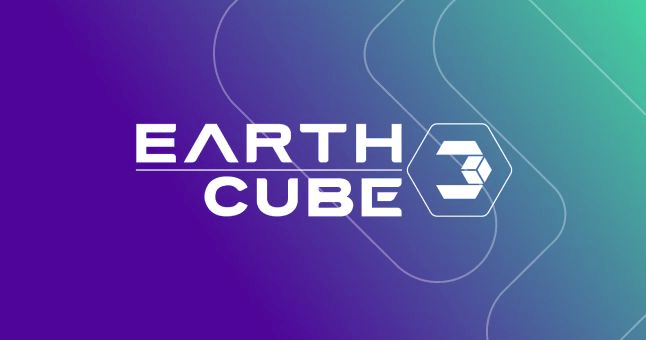Customer Success Story : EarthCube

Who is Earthcube?
Earthcube was founded in 2016 and provides revolutionary AI solutions to empower industries in the field of economic intelligence, security, environment, and defense.
The French startup currently assembles a team of nearly 50 experts in Image processing and Machine learning. Earthcube develops monitoring solutions based on an automated analysis of geospatial information.
Their Project
Earthcube licenses software for the recognition and in-depth analysis of satellite images. The company addresses diverse clientele, which explains the range of its solutions.
These allow, for example, the monitoring of remote construction projects for development agencies.
With many government agencies as clients, they also offer solutions that cater to the sector’s more specific security requirements.
One of its flagship products is an aircraft recognition model that allows aircraft to be identified on satellite images and models (civil and military) with a 94% accuracy rate.
The training dataset contains 200,000 aircraft labeled at 2,000 airports with an accuracy to the pixel.
Their offer also includes more general products such as a complete “intelligence as a service” image recognition platform that cross-references key geospatial information and that can be used either as on-premise software or as a SaaS solution.
To know more about their vision of Deep Learning and their news, you can visit their Medium page or their YouTube channel.
Their Solution
In order to achieve precision and accuracy in image recognition, Earthcube’s software uses the latest Deep Learning techniques and a wide variety of neural networks such as the “Capsule Neural Network“.
Regarding the training of the algorithm (deep learning is characterized by automatic learning), the company relies on many methods such as Test-Time Augmentation or Bayesian inference. The company uses Tensorboard to monitor its indicators.
Earthcube’s solutions are based on RetinaNet, which allows them to process tens of millions of parameters required for image processing (recognition, classification, and detection), followed by global post-processing of the results.
To maintain the high quality of the model, numerous tests are performed on about 10% of their data sets. This data is never used during the learning phases or even in cross-validation.
For the persistence layer, the company depends a lot on its customers as it requires to connect to their images to compare models.
Each client has their own configuration and heterogeneous storage solution ensuring their software are well interconnected with a wide variety of scenarios.
For example, many proprietary database engines such as MarkLogic or open-source software such as PostGIS can be interconnected.
For proprietary geographic databases, Earthcube uses mainly min.io as a storage solution, but they also occasionally, and exclusively internally, use the Google Earth Engine.
In any case, all these data sources connect to their platform to provide their scientific teams with an integrated, easy-to-use environment.

Fig 1: Shows the infrastructure used to train deep learning models used on their application
Concerning the software environment, the company favors open-source or internally developed solutions. These can be deployed in the cloud, as well as on-site, for customers who need the software to run on-premise. For security reasons, some customers prefer on-premise infrastructures and that is why most of their internal data science platform is built using Python and open-source software such as PyTorch.
Earthcube’s tasks and queues are managed using Celery and RabbitMQ. Solutions are usually provided in container form, with Docker as a runtime environment.

Fig 2: Explains the workflow of the application
Scaleway Assets
Earthcube’s main added value is their models. Therefore, the production of these models requires an intensive training calculation phase of 4 to 5 weeks to guarantee the quality level. To reduce the calculation timeframe and to control costs, Earthcube continuously runs 10 powerful RENDER-S GPU instances, which Scaleway provides for affordable prices.
Earthcube thrives on the Scaleway Elements’ diverse cloud ecosystem to execute its R&D tasks and projects, such as performing numerous algorithm tests and several mock-ups, and serve to develop solely the company’s internal projects. For this activity, a VPN has been configured between its RENDER-S pool and its internal databases.
Earthcube’s resource consumption is constant and their teams must diligently train their models and test them in parallel.
They manage a constant number of nodes with a queuing system for tasks, which is allowed by the very competitive price of RENDER-S instances.
In addition, data scientists appreciate having access to an instance with a dedicated GPU, on which they can perform fine-tuning and precise debugging.
Renaud ALLIOUX, the co-founder of Earthcube, explains “We are very satisfied with the RENDER-S instances, they offer a simple interface for powerful machines. Scaleway’s customer excellence team is also very reactive.” He adds, “Being one of the first GPU users, we have also had the opportunity to build a privileged relationship with Scaleway’s AI team through Slack”.
The startup also attributes great importance to the fact that Scaleway is a French company, located in France and which abides by French law. This reassures their customers, but above all, clearly shows that alternatives to the giants of the industry, most of them foreign, do exist.